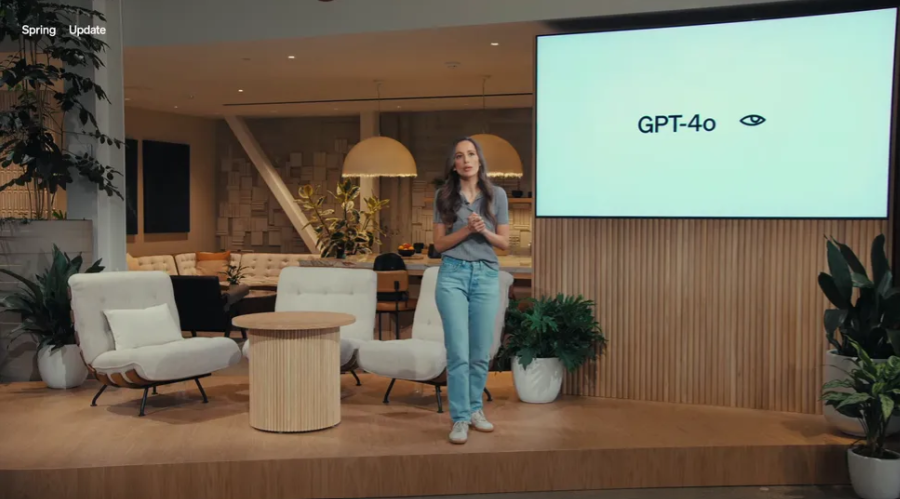OpenAI’s latest innovation, GPT-4o, marks a significant leap forward in artificial intelligence. This powerful language model builds upon the capabilities of its predecessor, GPT-4, offering enhanced performance across text, voice, and vision. This article explores GPT-4o’s features, potential applications, and its implications for the future of human-computer interaction.
Democratizing Advanced AI: Open Access and Free Tier
One of the most noteworthy aspects of GPT-4o is its accessibility. OpenAI, committed to responsible AI development, is making GPT-4o available through its popular platform, ChatGPT. This means anyone can interact with GPT-4o, albeit with limitations for free users. Paid tiers offer increased usage limits for more intensive tasks. This approach democratizes access to advanced AI, fostering innovation and exploration for a wider audience.
Beyond Text: Understanding the World Through Multiple Senses
A key differentiator of GPT-4o is its ability to process and understand information beyond text. It can analyze images and videos, drawing insights and generating creative text formats based on visual content. Imagine taking a picture of a foreign dish at a restaurant. GPT-4o can not only translate the menu description but also delve into the food’s cultural significance and suggest similar dishes you might enjoy. This multimodal capability opens doors for richer interactions and a deeper understanding of the world around us.
Enhanced Text Processing: Speed, Quality, and Global Reach
While the addition of voice and vision processing is groundbreaking, GPT-4o also refines core text functionalities. It boasts significant improvements in speed and quality compared to previous models. Tasks like text generation, translation, and writing different creative content styles become not only faster but also more accurate and nuanced. Additionally, GPT-4o expands language support, catering to a wider global audience with over 50 languages now supported.
Potential Applications: A Glimpse into the Future
The potential applications of GPT-4o are vast and constantly evolving. Here are a few exciting possibilities:
- Education: Personalized learning experiences with tailored content and interactive exercises. Imagine a student struggling with a math concept; GPT-4o could analyze their progress and generate custom explanations and practice problems.
- Customer Service: AI-powered chatbots that can understand complex questions, translate languages in real-time, and provide a more natural and efficient customer service experience.
- Creative Industries: Storytelling, music composition, and visual arts can all benefit from GPT-4o’s ability to generate creative text formats and analyze visual components.
- Accessibility Tools: Real-time voice-to-text and image-to-text translation can empower people with disabilities by removing communication barriers.
Safety and Responsible Development
OpenAI acknowledges the potential risks associated with advanced AI, particularly with the introduction of audio modalities. They emphasize a safety-first approach, implementing techniques like data filtering and post-training refinement to mitigate bias and prevent harmful outputs. Additionally, external expert evaluations and ongoing risk mitigation strategies are in place to ensure responsible development.
The Road Ahead: Continuous Learning and Human-AI Collaboration
GPT-4o represents a significant step towards a future where AI seamlessly integrates into our lives. As the model continues to learn and evolve, its capabilities will undoubtedly expand further. The key lies in fostering a collaborative relationship between humans and AI. By harnessing the strengths of both, we can unlock new possibilities and solve complex challenges across various fields.
Here are some resources for further reading:
- OpenAI Blog: Hello GPT-4o https://openai.com/index/gpt-4/
- Introducing GPT-4o and more tools to ChatGPT free users https://openai.com/index/gpt-4/
- I gave 5 prompts to ChatGPT-4o vs GPT-4 to test the new AI model — here’s what happened https://www.tomsguide.com/ai/chatgpt/chatgpt-with-gpt-4o-i-cannot-remember-the-last-time-i-was-this-blown-away-by-a-piece-of-technology
